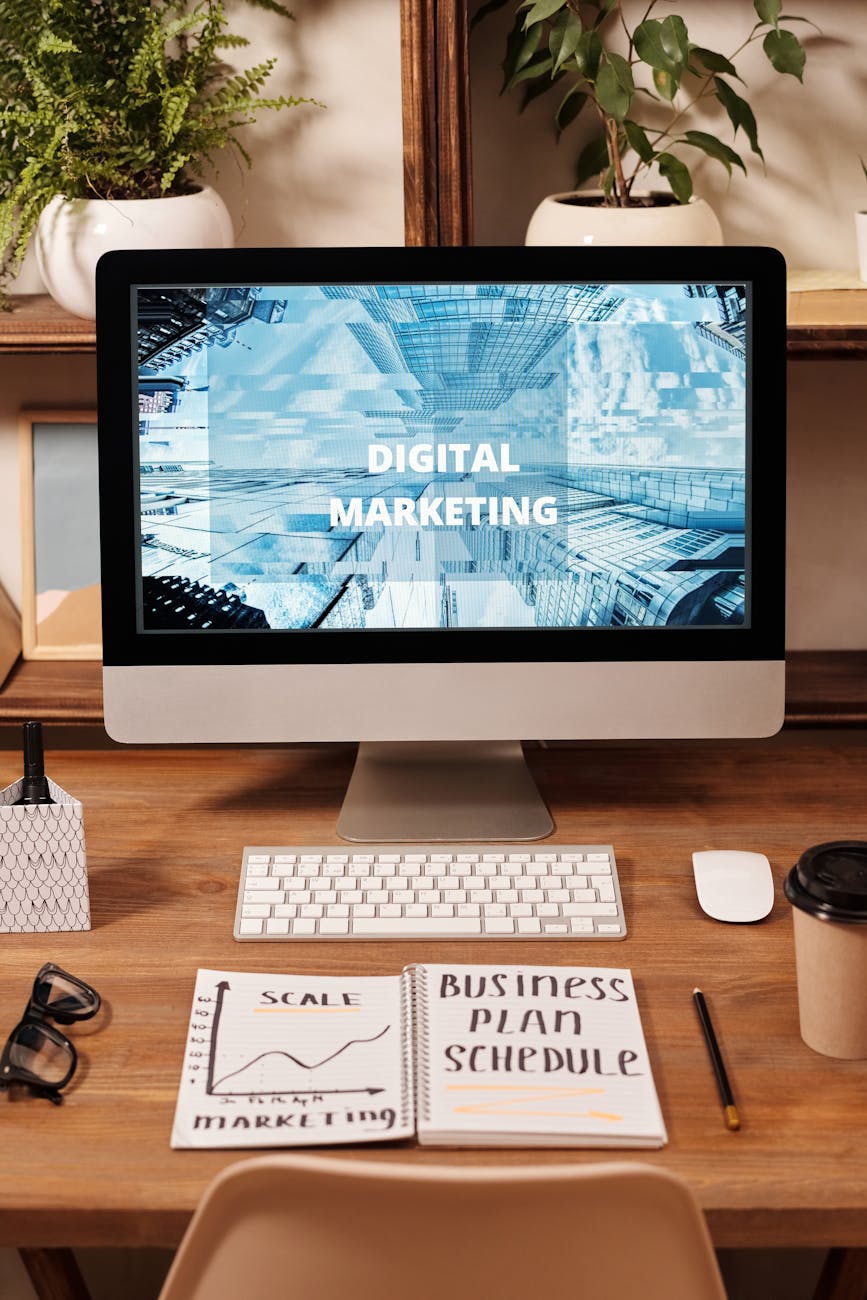I remember when “automation” in marketing meant something basic. You’d schedule a newsletter, maybe a few posts for the week, and call it a day. That was it. Nothing fancy. Fast forward to 2025 and the conversations I’m having are… very different. Business owners now look at me and ask, almost whispering, “Do you think AI can actually predict what my customers want before I even know it myself?” And honestly? Yes, it can. Not because AI is magic or some sci-fi robot takeover, but because it’s really good at spotting patterns our human eyes miss. It chews through millions of data points while we sleep. That’s its superpower.
What Does AI Actually Do in Marketing? (No Buzzwords, Just Truth)
I like to think of AI as that overachieving team member who never takes a lunch break, doesn’t sleep, and somehow has endless energy. It’s checking your ads at midnight, tweaking subject lines while you’re on your morning coffee run, and quietly figuring out why customers left something in their cart. The most common ways I see it used:
Content help: Topic suggestions, rough drafts, social captions when creative energy is gone. It’s not perfect, but it saves time.
Predictive analytics: This still blows my mind. It tells you which customer is likely to buy, which might leave, and even who’s ready for an upgrade.
Ad optimization: Nobody on my team misses manually adjusting ad bids. AI does it faster and more accurately.
Why I tell clients to stop overthinking it?
Whenever I sit down with small or mid-size businesses, I can feel the hesitation: “Will this make us sound robotic?” or “Will it replace my team?” I get it; it’s scary. But here’s the thing: AI doesn’t replace creativity. It actually gives it more room to breathe because those repetitive, time-sucking tasks? Gone. Here’s what changes when you bring in automation:
Hyper-Personalization Without Losing Your Mind
One of my favorite examples: a small handmade jewelry brand. They used to spend hours creating individual product recommendation emails. After AI? Each customer got personalized picks based on what they’d browsed earlier. Engagement doubled. The owner now has time to actually design jewelry instead of building email grids.
Smarter Ad Spend (No More Wasted Budgets)
Ad budgets are precious. AI-driven programmatic advertising has literally saved clients thousands of rupees by stopping ads from running to the wrong crowd. Every rupee is accounted for, in real time.
Real-Time Insights (No Waiting Till Month-End)
Remember waiting until the end of a campaign to know if it even worked? Outdated. AI shows results as things happen, so you can tweak immediately.
How I See AI Used Today (Not in Some “Future”)?
Content Support: Tools like Jasper or ChatGPT help brainstorm when creative blocks hit, but I still rewrite for tone because brand voice matters.
Customer Service: Bots now solve actual warranty issues for one client no more waiting 2 days for an email reply. Customers love it.
Email Automation: What used to take me 2–3 days for nurture sequences now takes hours. AI even suggests when to send and who to send to based on behavior.
Yes, There Are Pitfalls Too
AI sounds shiny, but trust me, I’ve seen it go wrong.
Data Privacy: Collecting customer data without clear permission? A big no. Mishandle it and you lose trust fast.
Skill Gaps: These tools aren’t “set and forget.” Someone on your team has to learn how to use them properly.
The Human Touch Thing: AI tends to make things… too perfect. And that perfect sometimes feels cold. The secret is balance use of AI for speed, keep humans for connection.
Thinking About It? Here’s How I Advise Clients to Start
List What Drains Time: Is your team manually making weekly reports or typing repetitive emails? Start there.
Pick One Use Case: Don’t automate everything at once. Begin with one maybe ad optimization or email flows.
Choose Tools That Fit, Not Flash: Forget hype. I pick tools based on client size and goals, not because they’re trending.
Train the Team: This one’s underrated. Give your people time to experiment before rolling it out everywhere.
Where is this Headed (My Honest Take)?
In a couple of years, fully automated campaigns, AI-generated video ads, and voice-based assistants will be normal. That’s where it’s going. But , and this is a big one customers will still crave human connection. They want real stories, genuine tone, and brands that feel human. AI can scale that connection; it doesn’t create it by itself.
Final Thoughts
If you’re hesitant, you’re not alone. Almost every client I meet starts with, “But won’t it make us feel less personal?” And every single one of them changes their mind when they see how much time and headspace automation gives back. Suddenly, teams are spending more time brainstorming campaigns, building customer relationships, and less time on repetitive admin work. Start small, experiment, learn, and grow into it. This isn’t about being the most tech-savvy brand, it’s about staying relevant when customer expectations are moving faster than ever.






Leave a Reply